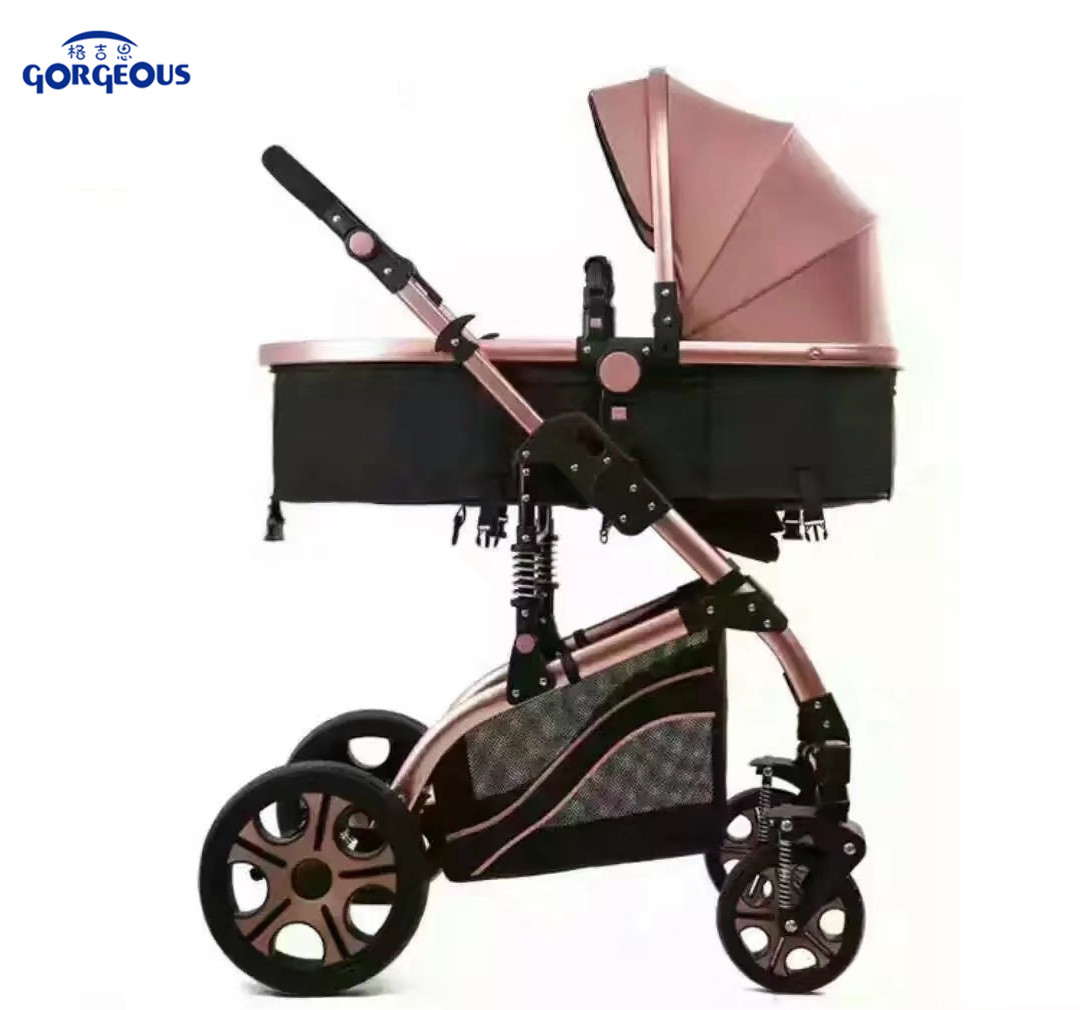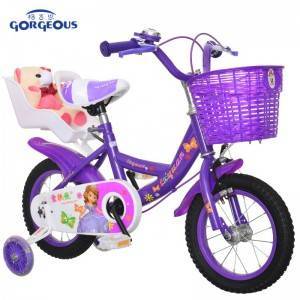Jan . 06, 2025 15:50 Back to list
children bicycle
Choosing the perfect children's bicycle is a significant milestone in a child's life and for parents who wish to foster both fun and motor skills development. Selecting this quintessential childhood treasure involves thoughtful consideration of various factors, ensuring a seamless blend of safety, fun, and growth.

Parents often find themselves navigating a sea of options when choosing a bicycle, emphasizing the need for researched insights to make the best possible choice. Engaging with experts in children's cycling not only provides clarity but also adds a layer of trust to the selection process. Certified by numerous safety standards worldwide, the contemporary children's bicycle emerges as a product of comprehensive engineering and design expertise.
Size is an essential element when purchasing a child's bicycle, impacting a child's comfort and capability to control the bike. An appropriately sized bicycle allows for a comfortable, stable riding experience, whereas a poorly fitted bike might lead to accidents or an aversion to cycling. The ideal way to assess size is by ensuring the child can touch the ground with their feet while seated on the saddle; this confidence booster is critical as they learn to balance and eventually master the art of cycling.

Safety features, particularly brakes and helmets, demand detailed attention. Two main types of brakes dominate the children's bicycle market coaster brakes and hand brakes. Coaster brakes, which engage when the child pedals backward, are typically easier for younger children. For older kids developing hand-eye coordination, hand brakes become more relevant as they transition to more complex biking techniques. Additionally, equipping children with a helmet that meets the U.S. Consumer Product Safety Commission (CPSC) standards significantly reduces the risk of head injuries during unforeseen accidents.
children bicycle
Trustworthy brands that have established themselves in the market through years of expertise often become the go-to sources for reliable children's bicycles. Their commitment to quality and innovation ensures that each product is designed with the customer's safety and enjoyment in mind. For example, many reputed brands incorporate adjustable seat heights and handlebars to accommodate growth spurts, allowing the bicycle to grow alongside the child. This not only provides cost-effectiveness but also promotes a sustainable approach to cycling.
Beyond design and safety, promoting a sustainable lifestyle is another key selling point for modern children's bicycles, aligned with eco-conscious production processes. Manufacturers leveraging recycled materials and eco-friendly practices in production reveal a shift in industry focus towards collective responsibility, appealing to environmentally-aware parents.
A testimonial from a seasoned parent or cycling coach can significantly influence decision-making, reflecting authenticity and reinforcing trust. An expertly oriented insight about cycling routes, paths, community meetups, and safety guidelines can motivate both children and parents to embrace regular biking, fostering a healthier lifestyle.
In conclusion, when selecting a children's bicycle, it is imperative to focus on right-sizing, prioritizing safety features, choosing established brands, and considering sustainability aspects. By aligning with the core values of experience, expertise, authoritativeness, and trustworthiness, parents can ensure that their child's journey into cycling begins with confidence and joy, setting a precedent for a lifelong appreciation of this valuable skill.
-
The Essential Guide to 16 Inch Child's Bikes – Safety, Specs & Trends
NewsNov.24,2025
-
Kids Road Bike 24 – Lightweight, Safe, and Perfect for Young Cyclists
NewsNov.23,2025
-
Discover Safe and Fun Children's Bikes 14 Inch | Durable Kids' Bikes Reviewed
NewsNov.22,2025
-
Discover the Perfect Little Girl 16 Inch Bike – Safety, Style & Performance
NewsNov.22,2025
-
The Ultimate Guide to 12 Kids Bicycles – Safety, Trends & Top Picks
NewsNov.21,2025
-
14 Inch Children’s Bikes: A Guide to Safety, Durability & Global Impact
NewsNov.20,2025
